How to Get Around Japan: A Basic Guide for First-Time Visitors
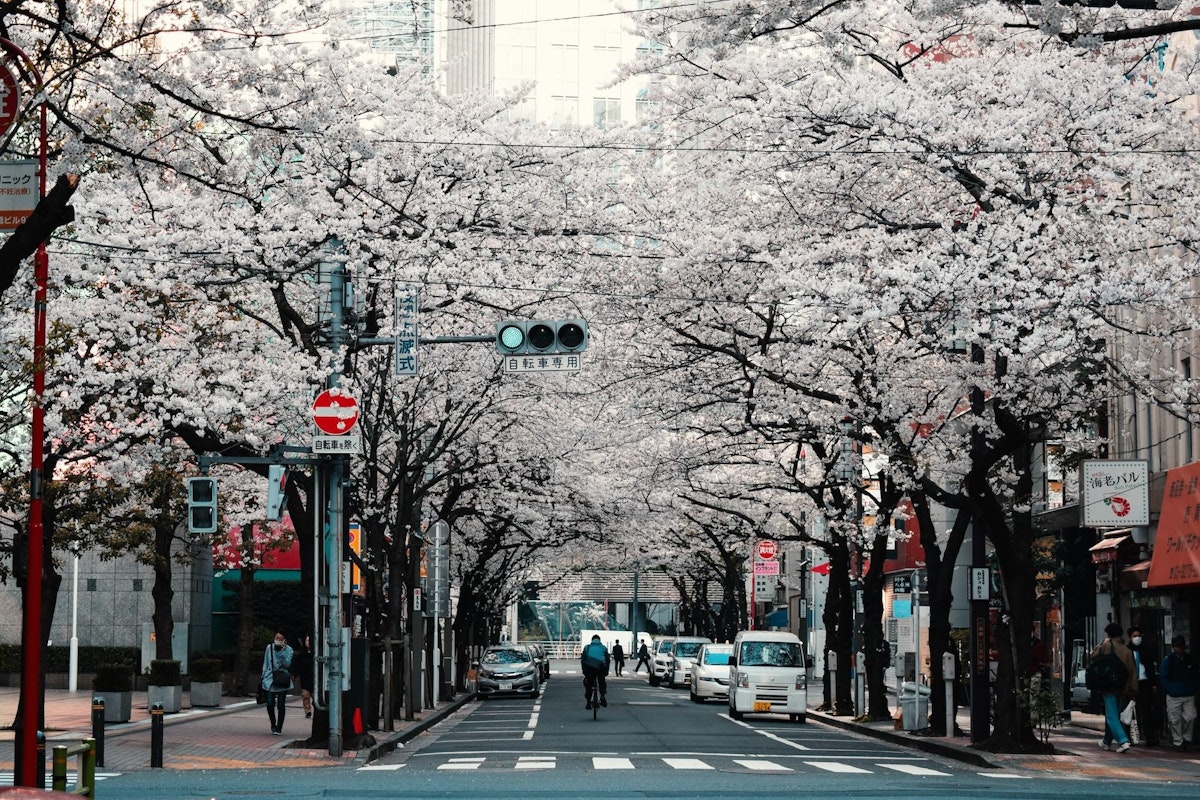
Japan is a country that's steeped in tradition, yet it's also known for its cutting-edge technology and modernity. Traveling around Japan can be an adventure in itself, and it's an experience that's worth having. However, navigating this country's transportation system can be a challenge, especially for those who are unfamiliar with it. With so many options available, it can be overwhelming to decide which mode of transportation to choose. That's where this comprehensive guide comes in. We'll take you through everything you need to know about getting around Japan, from the famous Japan Rail Pass to the unique and creative options that you may not have considered.
Whether you're exploring the bustling streets of Tokyo, taking a hike through the Japanese Alps, or relaxing in the hot springs of Hokkaido, Japan has something to offer for everyone. By understanding the transportation options available, you can make the most of your travels and experience Japan in a way that's authentic and unique to you. So get ready to embark on a journey of discovery as we explore Japan like a pro and uncover its hidden treasures.
The Japan Rail Pass (JR Pass)
Japan's extensive railway network is one of the most efficient and convenient ways to travel around the country, and the Japan Rail Pass (JR Pass) is a cost-effective way to do so. The JR Pass is a special ticket that allows unlimited travel on Japan Railways (JR) trains, including shinkansen (bullet trains), limited express trains, and local trains. The pass is available to foreign tourists and is valid for a specified period of time, usually 7, 14, or 21 days.
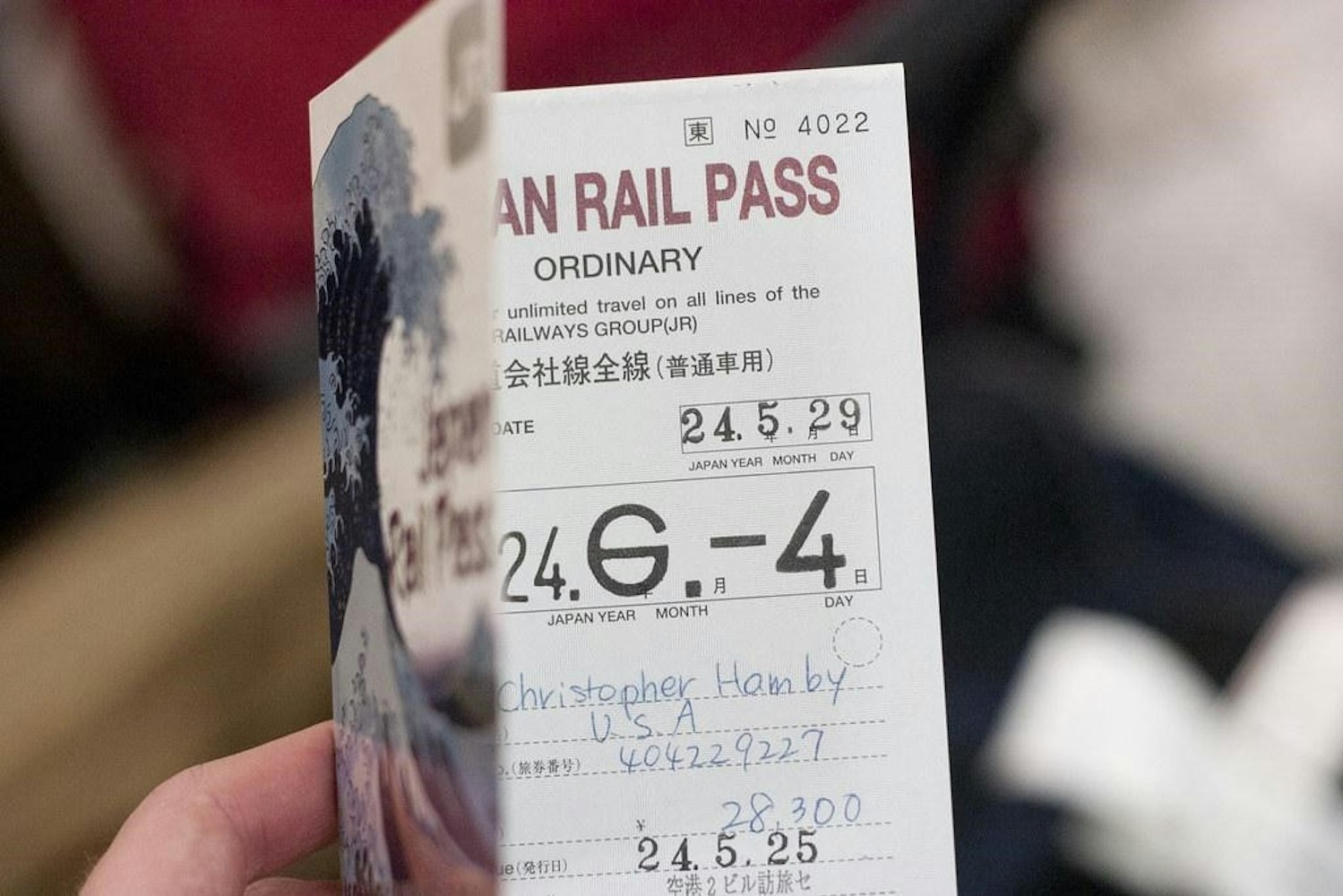
The Incredible Benefits of the JR Pass
The Japan Rail Pass (JR Pass) offers a wealth of benefits to tourists, making it a must-have travel accessory for exploring Japan's diverse destinations. Here are some of the incredible benefits of the JR Pass:
Unlimited travel on JR trains: With the JR Pass, you have unlimited access to Japan Railways' extensive network of trains, including shinkansen (bullet trains), limited express trains, and local trains. You can travel to as many destinations as you like within the specified pass period without worrying about additional costs.
Free seat reservations: The JR Pass allows you to reserve seats on JR trains for free, giving you peace of mind and comfort during your travels. You can reserve seats at any JR ticket office, and it's recommended to do so in advance, especially during peak travel periods.
Access to certain buses and ferries: The JR Pass can also be used on some buses and ferries operated by JR companies. This includes the JR Miyajima Ferry, which takes you to the iconic Itsukushima Shrine, and the JR Hokkaido Bus, which connects various destinations in Hokkaido.
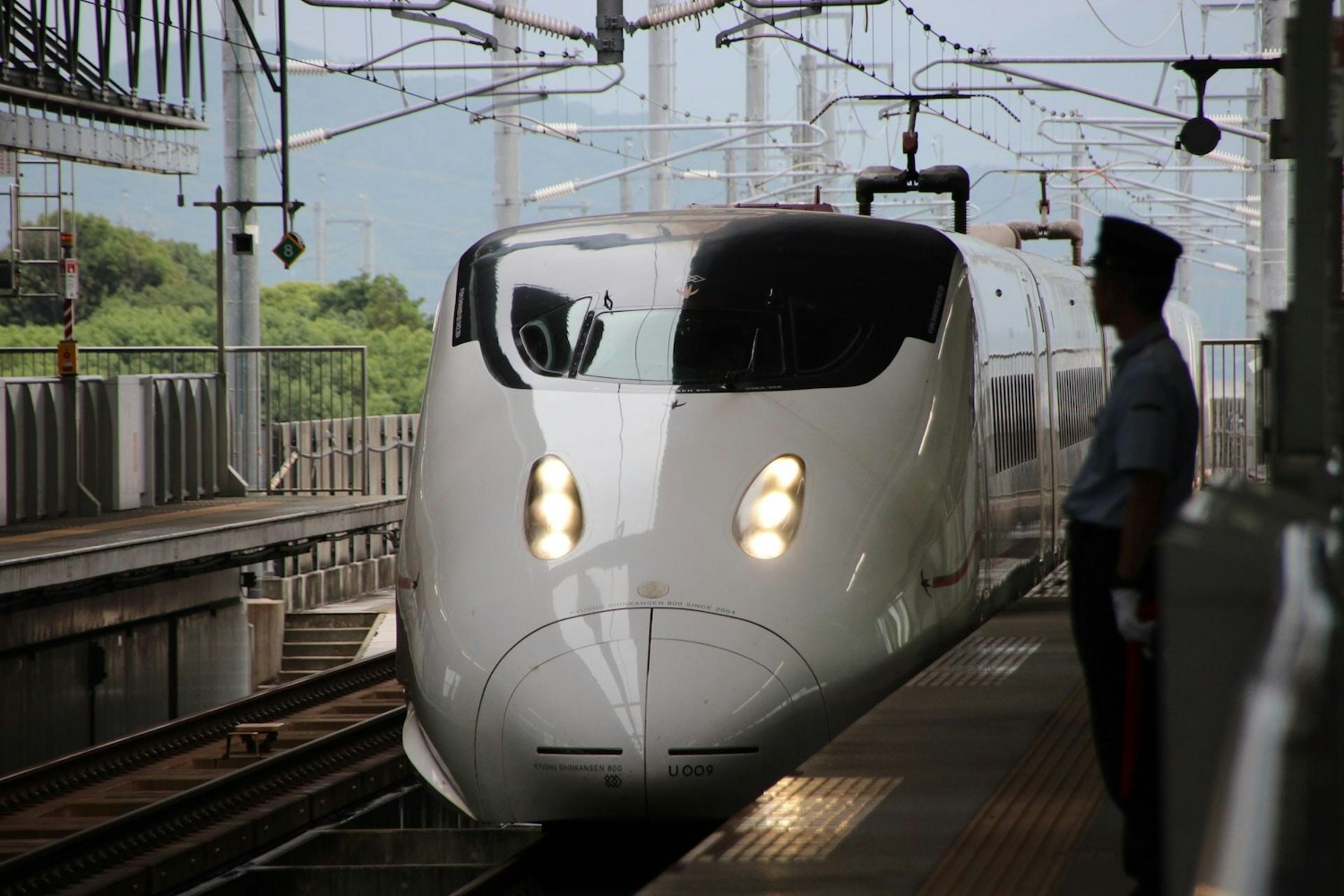
Cost-effective travel: The JR Pass offers significant cost savings compared to purchasing individual tickets for each journey. Depending on the pass duration and the distance traveled you can save hundreds of dollars, making it an excellent value for money option.
Flexibility: The JR Pass offers flexibility in changing travel plans without incurring additional costs. You can simply hop on the next available train without worrying about the price, giving you the freedom to explore Japan at your own pace.
How to purchase and activate the pass
The JR Pass can only be purchased outside of Japan and must be exchanged for an actual pass once in Japan. There are several authorized vendors that sell the pass, including online travel agencies and designated travel agents. After purchasing the pass, travelers will receive an exchange order that must be presented at a JR ticket office in Japan to receive the actual pass.
Tips for maximizing your JR Pass experience
To get the most out of your JR Pass, it's important to plan ahead and consider factors such as travel distance and time. The pass is most cost-effective for long-distance travel, such as between major cities like Tokyo and Kyoto. It's also a good idea to make seat reservations in advance, especially during peak travel periods. To do so, simply present your pass at a JR ticket office and request a reservation.

Kyoto is just a shinkansen ride away from Tokyo.
Additionally, the JR Pass can be used on certain buses and ferries, so be sure to check the details before embarking on your journey. The pass can also be used for some shinkansen trains that require additional fees, such as the Nozomi and Mizuho trains, although seat reservations are mandatory.
Navigating Local Trains and Subways
Japan's railway system is known for its efficiency and punctuality, and local trains and subways are essential modes of transportation for getting around cities. Here's what you need to know about navigating Japan's local trains and subways.
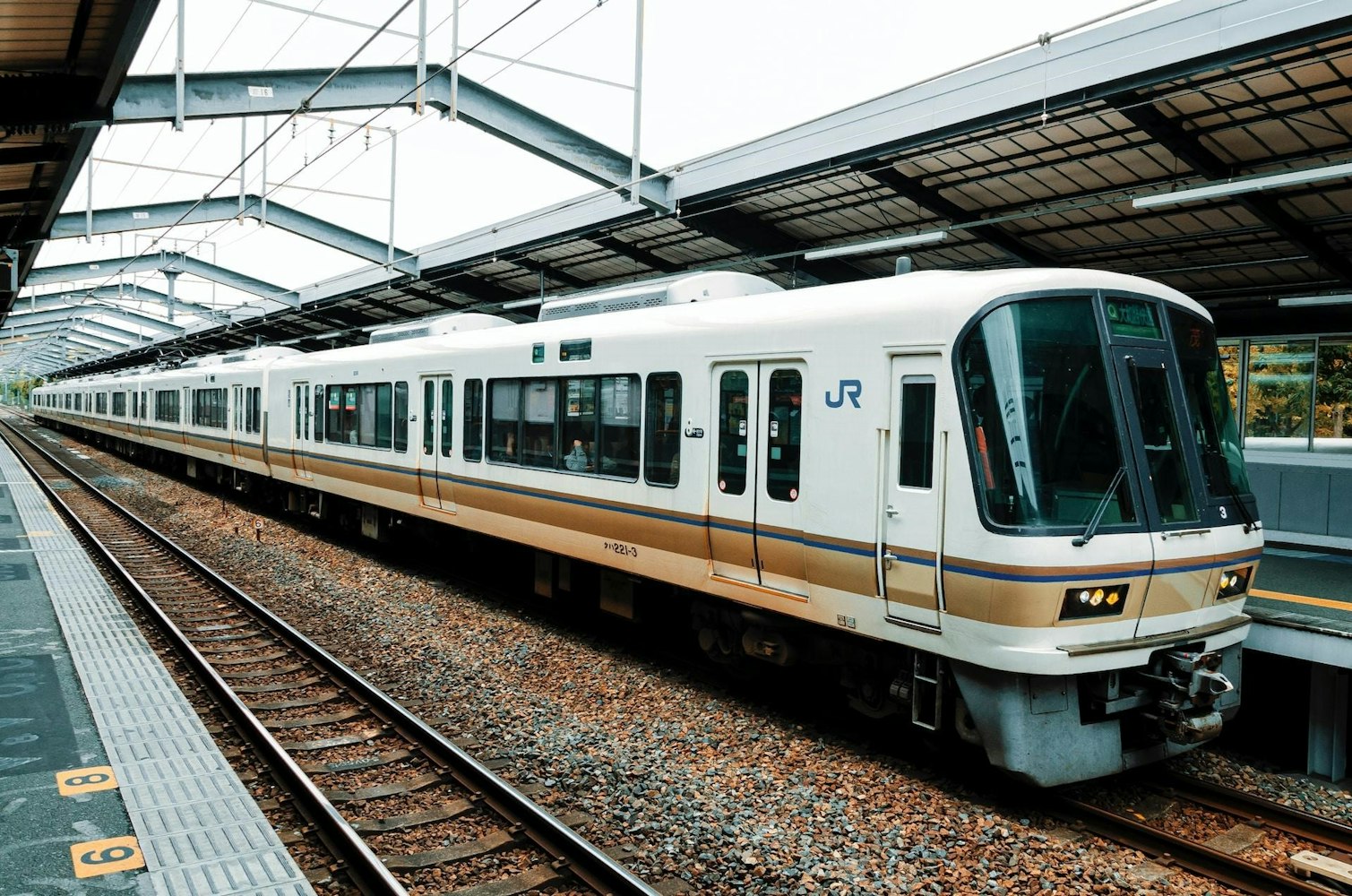
Major subway networks in Tokyo, Osaka, and Kyoto
Tokyo, Osaka, and Kyoto have extensive subway networks that connect various parts of the cities. In Tokyo, the subway system consists of 13 lines, while Osaka has 8 lines, and Kyoto has 2 lines. The subway maps can be confusing for first-time visitors, but they are color-coded and usually have English translations.
Using Suica or Pasmo cards for cashless travel
Suica and Pasmo are IC (Integrated Circuit) cards that can be used on most trains, subways, buses, and even vending machines in Japan. These cards can be charged with money and are a convenient way to travel without the need to purchase individual tickets. Simply tap the card at the ticket gates when entering and exiting the stations.
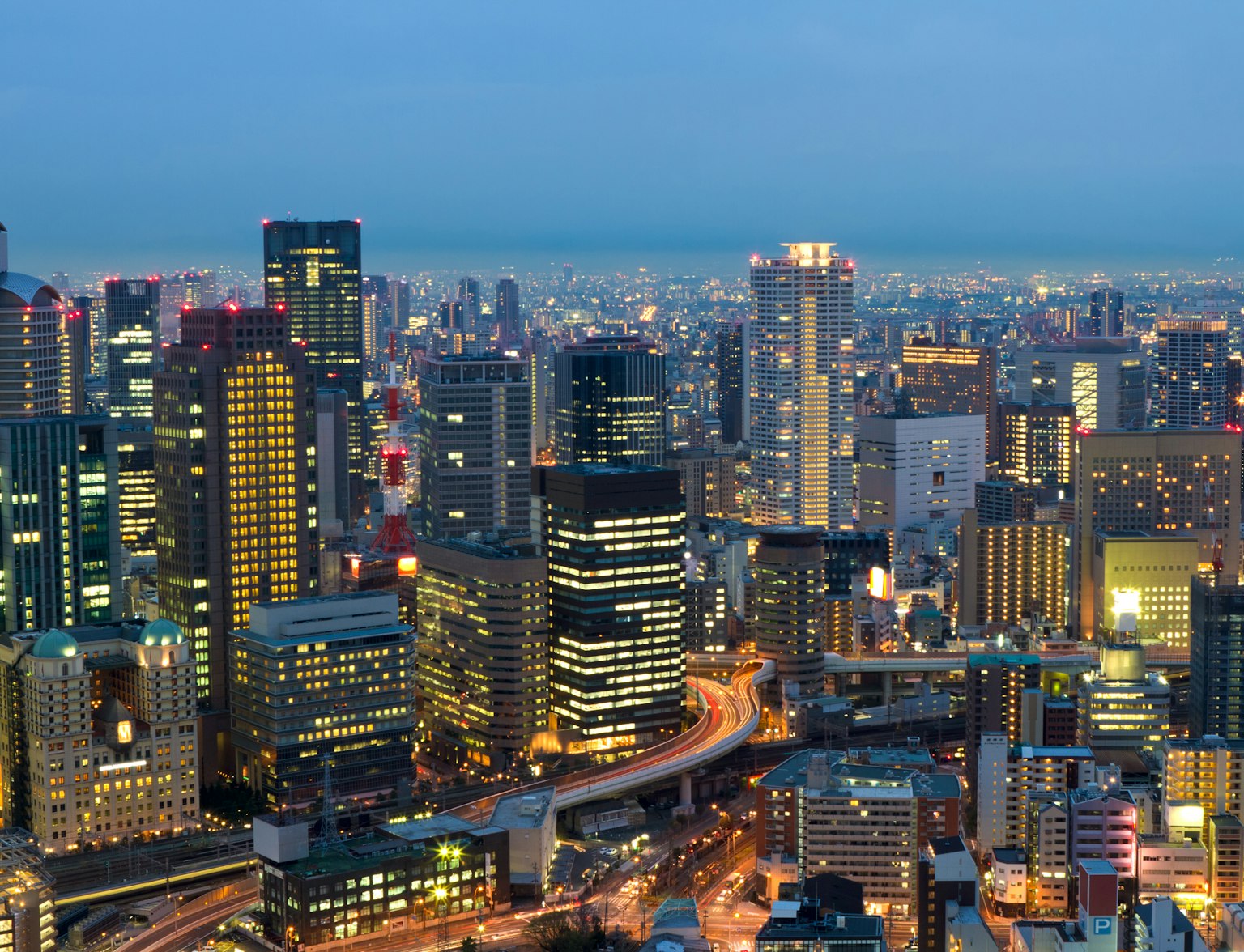
Explore Osaka Station City, a major station in the area.
Etiquette and helpful hints for train travel
When traveling on trains and subways in Japan, it's important to follow certain etiquette rules. Here are some helpful hints to keep in mind:
Queue up in an orderly fashion: When waiting for the train, stand in line behind others and avoid pushing or shoving.
Keep quiet: Talking on the phone is generally not allowed on trains and subways. Keep your voice down and avoid playing music or videos without headphones.
Don't eat or drink: Eating and drinking on trains and subways are discouraged, especially during rush hour.
Give up your seat: Priority seats are available for elderly, disabled, and pregnant passengers. If you're sitting in one of these seats, be prepared to give it up to those who need it.
Watch for the last train: The last train usually departs before midnight, so be sure to plan your journey accordingly to avoid being stranded.
Budget-Friendly Bus Travel
While trains and subways are convenient modes of transportation in Japan, they can also be expensive, especially for long-distance travel. That's where buses come in, offering an affordable and comfortable way to get around the country. Here's what you need to know about budget-friendly bus travel in Japan.
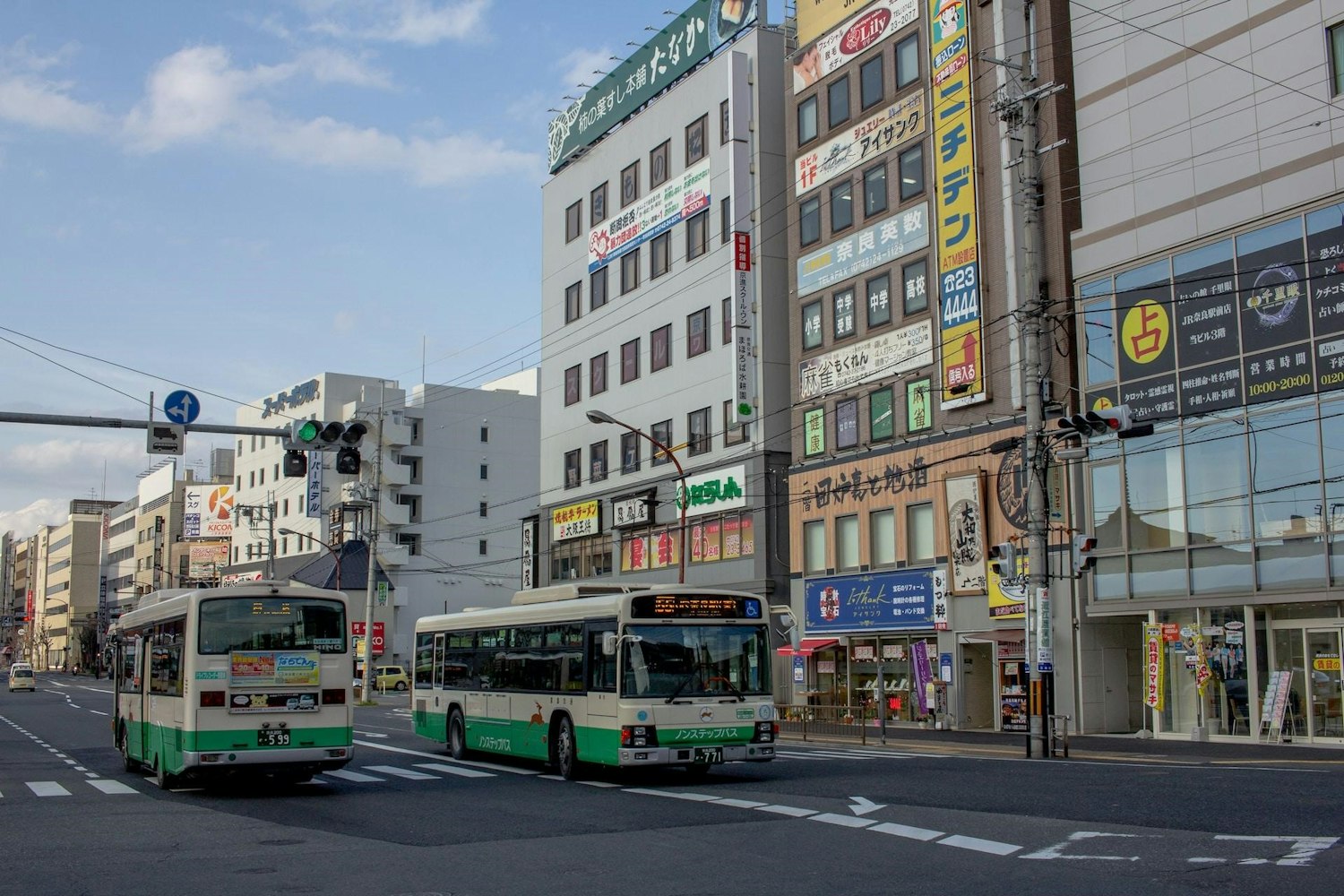
Long-distance highway buses and their amenities
Long-distance highway buses are a popular option for budget-conscious travelers who want to travel between cities comfortably. The most famous long-distance bus company is Willer Express, which operates buses with comfortable seats, air conditioning, and even Wi-Fi on some routes. These buses also have amenities such as restrooms and charging ports, making the journey comfortable and relaxing.
Local buses for off-the-beaten-path adventures
Local buses are an excellent way to explore Japan's rural areas and off-the-beaten-path destinations. These buses are usually operated by local municipalities and can offer a unique travel experience. Some local buses have themes, such as a retro bus that takes you back in time. They may not be as frequent as trains and subways, but they offer an authentic and unique travel experience.

Explore one of Japan's original Preservation Districts for Groups of Traditional Buildings.
Bus Passes and Booking Tips
One of the best ways to save money while traveling in Japan is to purchase a bus pass. Bus passes are available for certain regions, and they can offer cost savings compared to purchasing individual tickets. Here's what you need to know about bus passes and booking tips in Japan.
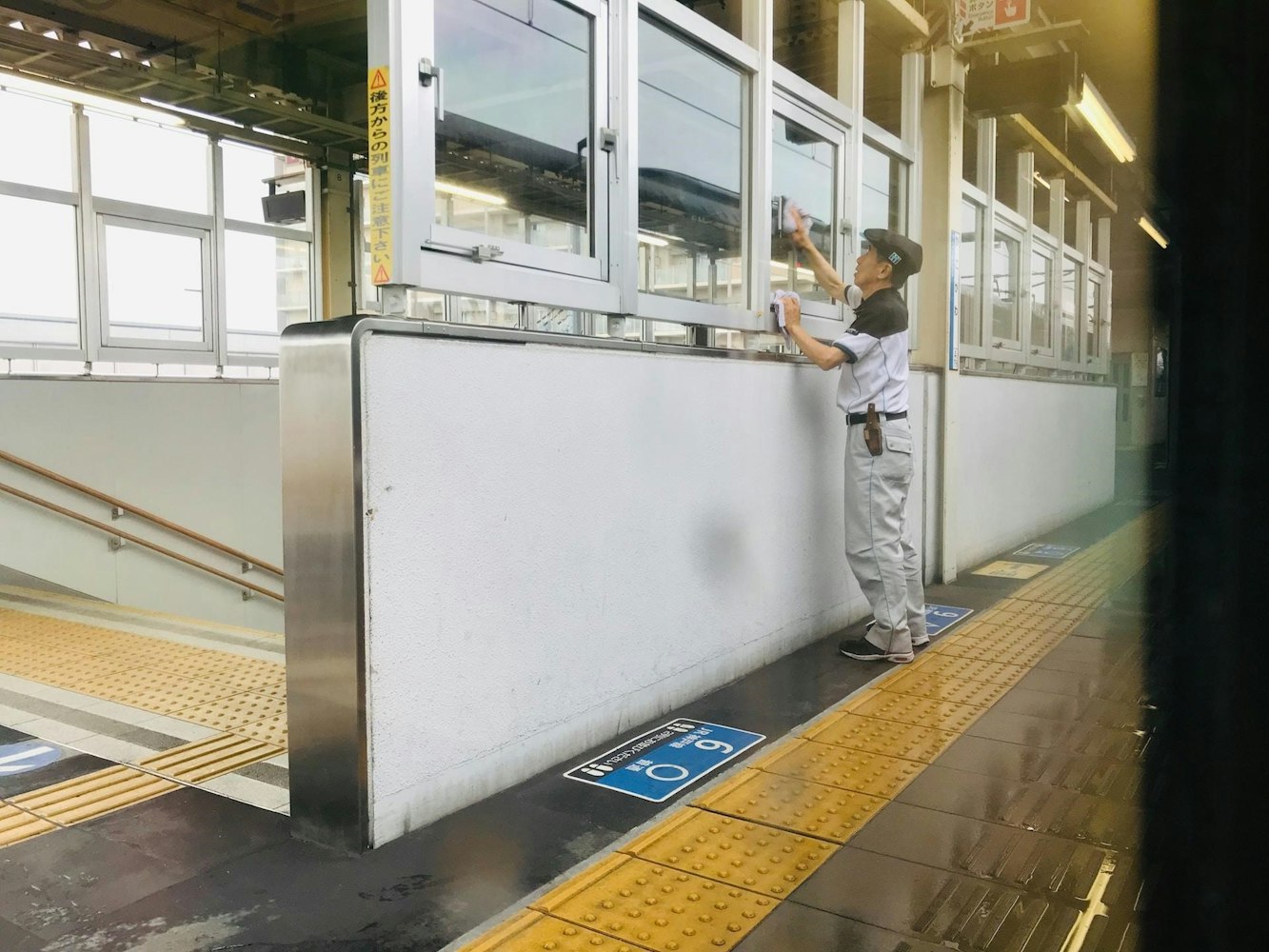
There are several types of bus passes available in Japan, including regional passes and company-specific passes. For example, the Willer Express Bus Pass allows unlimited travel on Willer Express buses for a specified period.
Bus passes can offer significant cost savings, especially for long-distance travel. For example, the Willer Express Bus Pass allows unlimited travel for three days for as little as 10,000 yen.
When booking your bus ticket, consider the different types of seats available. Some buses offer reserved seats, while others have unreserved seats that operate on a first-come, first-served basis. It's also important to double-check the departure and arrival times to ensure that you arrive at your destination on time.
Many bus companies allow online booking, making it easy to purchase your ticket in advance. Online booking also allows you to compare prices and schedules, so you can choose the best option for your travel needs.
Some bus companies may not have English websites or customer service, so it's a good idea to have a translation app or dictionary on hand. You can also consider using a travel agent or tour operator to help you book your bus ticket.
Exploring Cities by Taxi
Taxis are best used for short distances or when you need to travel to a specific destination quickly. They are particularly useful for navigating Japan's narrow streets and alleyways that may be inaccessible by larger vehicles. Taxis in Japan are metered, and the fare varies depending on the distance traveled and the time of day. As a general rule, taxi fares are more expensive at night and during peak travel periods.

Language barriers and how to overcome them
One of the challenges of using taxis in Japan is the language barrier. Many taxi drivers in Japan do not speak English, and it can be challenging to communicate your destination or navigate the city. To overcome this, it's a good idea to have your destination written in Japanese or to have a map or GPS device on hand. Some taxi companies also offer English-speaking drivers or translation services.
Japanese taxi etiquette
Taxis in Japan have specific etiquette rules that are important to follow to ensure a smooth and comfortable ride. Here are some helpful hints to keep in mind:
Always enter and exit the taxi from the left rear door.
It is customary to sit in the back seat, unless you are traveling with young children.
It's customary to bow slightly and say "sumimasen" (excuse me) when entering and exiting the taxi.
Smoking is prohibited in all taxis.
Tipping is not expected in Japan, and it's not necessary to tip your taxi driver.
Discover Japan by Bicycle
Japan is a beautiful country with scenic landscapes, bustling cities, and historical landmarks. One of the best ways to explore Japan's diverse destinations is by bicycle. Cycling allows you to travel at your own pace, take in the sights and sounds of the city, and experience Japan's unique culture. Here's what you need to know about discovering Japan by bicycle.

Benefits of cycling as a mode of transportation
Cycling is a sustainable and eco-friendly mode of transportation that allows you to travel while reducing your carbon footprint. Cycling is also a great way to stay active and healthy while on vacation, and it offers a unique perspective on Japan's cities and countryside. Cycling allows you to explore Japan's hidden gems and off-the-beaten-path destinations that are often inaccessible by car or public transportation.
Recommended cycling routes and destinations
Japan has several cycling routes that are ideal for exploring the country's natural beauty and cultural heritage. One of the most popular cycling routes is the Shimanami Kaido, a 70-kilometer route that spans six islands and offers breathtaking views of the Seto Inland Sea. Other recommended cycling destinations include Hokkaido, the Noto Peninsula, and the Kibi Plain.
Bike rental services and costs

Bike rental services are widely available in Japan, and you can rent a bicycle for a day, a week, or longer, depending on your travel plans. Rental fees vary depending on the type of bike and the rental duration, but they are generally affordable. Some rental companies also offer guided cycling tours, which can be a great way to explore Japan's cities with a local guide.

Wander around Shizuoka with a bike.
Safety tips and traffic rules
When cycling in Japan, it's essential to follow safety tips and traffic rules to ensure a safe and enjoyable experience. Here are some helpful hints to keep in mind:
Wear a helmet and reflective clothing to increase your visibility.
Follow traffic rules, including stopping at red lights and obeying speed limits.
Be aware of pedestrians and other cyclists, especially on narrow streets.
Always lock your bike when leaving it unattended.
Be mindful of weather conditions and adjust your cycling plans accordingly.
The Freedom of Car Rentals
Renting a car in Japan is an excellent way to explore the country's stunning scenery and unique culture. Whether you're traveling to remote areas or simply want the flexibility to travel at your own pace, a rental car offers the freedom to discover hidden gems that may not be accessible by public transportation. Here's what you need to know about renting a car in Japan.

Pros and cons of renting a car in Japan
Renting a car in Japan offers several advantages, including flexibility, convenience, and the ability to travel to remote areas that are not accessible by public transportation. However, there are also some cons to renting a car in Japan, including the high cost of toll roads, limited parking availability in cities, and the need to navigate Japan's narrow roads and traffic.
International Driving Permit (IDP) requirements
To rent a car in Japan, you will need an International Driving Permit (IDP). An IDP is a legal requirement in Japan and allows you to drive in the country for up to one year. You can obtain an IDP in your home country before traveling to Japan.
Driving etiquette and navigation tips
Driving in Japan can be a unique experience, and it's essential to follow driving etiquette and navigation tips to ensure a safe and enjoyable trip. Here are some helpful hints to keep in mind:

Always drive on the left-hand side of the road.
Be aware of speed limits and traffic rules, especially in residential areas.
Use a GPS device or navigation app to navigate Japan's narrow roads and traffic.
Be mindful of pedestrians and cyclists, especially in cities.
Always park in designated parking areas and avoid parking on narrow streets or in areas with no parking signs.
Soaring the Skies: Domestic Flights in Japan
If you are looking for an efficient and convenient way to travel across Japan, domestic flights are a great option. The country boasts a well-developed domestic flight network, with numerous airlines offering flights to popular destinations throughout the country. Here's what you need to know to make the most of your domestic flight experience in Japan.
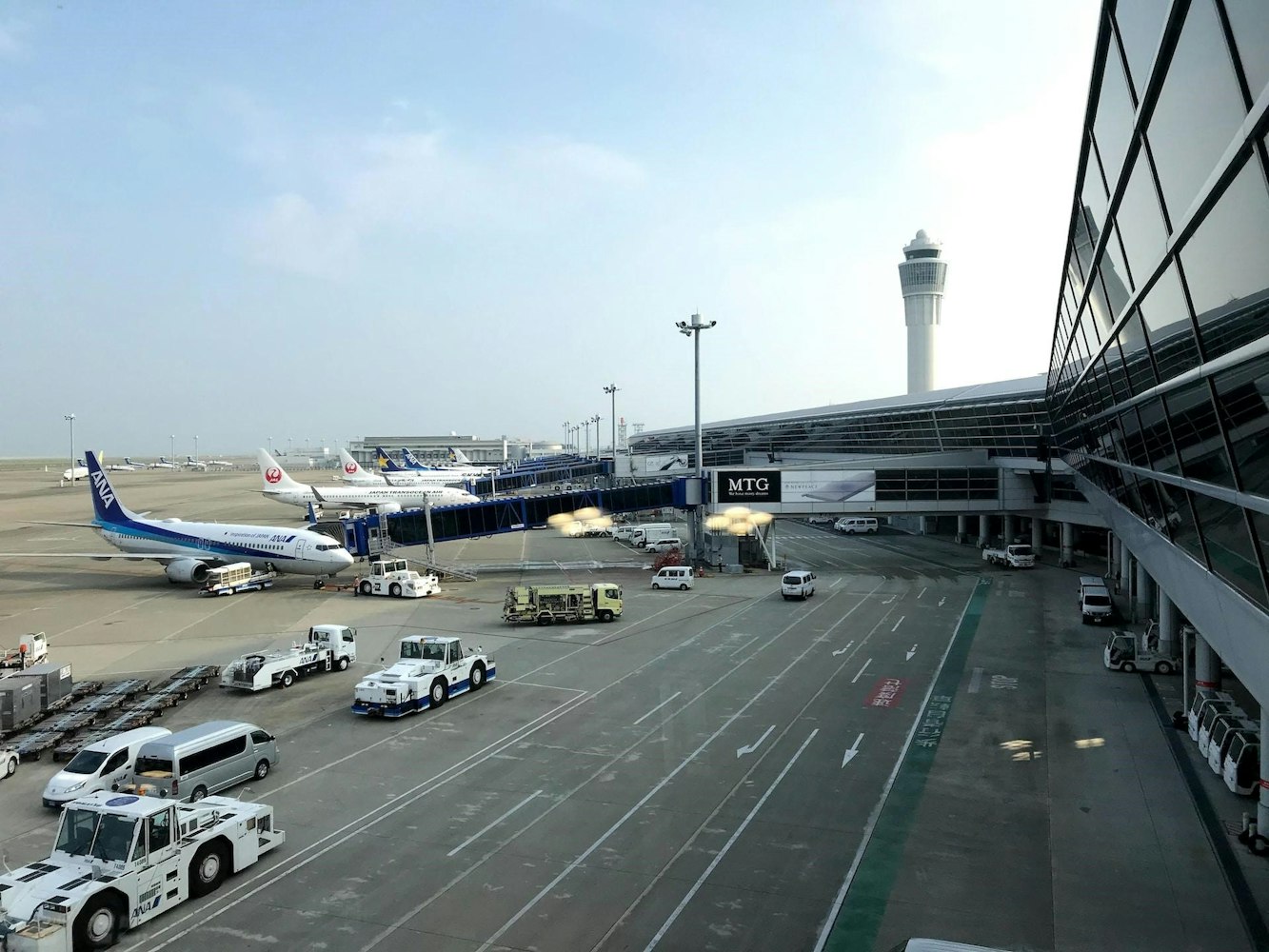
Overview of Domestic Flight Options
Japan's major airlines, Japan Airlines (JAL) and All Nippon Airways (ANA), offer a range of domestic flight options. These airlines operate out of several airports, including Narita International Airport, Haneda Airport, and Kansai International Airport. There are also several low-cost carriers (LCCs) in Japan that offer domestic flights, including Peach Aviation, Vanilla Air, and Jetstar Japan.
Low-Cost Carriers (LCCs) and Booking Tips
Low-cost carriers (LCCs) are a popular option for domestic travel in Japan, offering affordable prices and convenient flight schedules. Some of the recommended LCCs in Japan include Peach Aviation, Vanilla Air, and Jetstar Japan. When booking your flight, it's important to consider the baggage allowance, flight schedule, and potential fees for seat selection, baggage, and in-flight meals.

Reach Okinawa with plenty of LCC flight options.
Navigating Airports and Transfers
Navigating airports and transfers in Japan can be straightforward if you follow some helpful tips. Here are some hints to keep in mind:
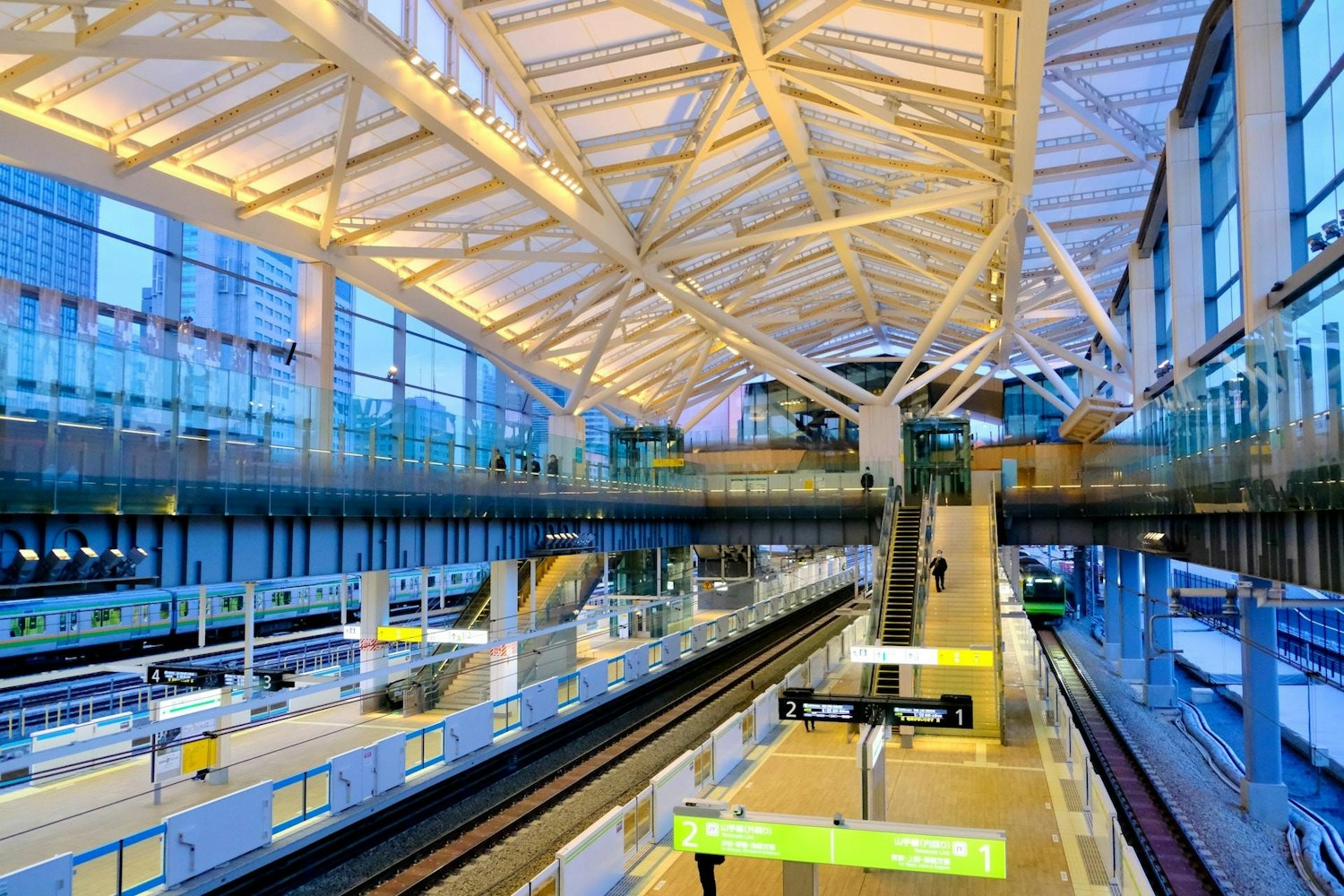
Arrive early at the airport to allow enough time for check-in, security, and immigration procedures.
Consider purchasing a SIM card or portable Wi-Fi device for internet access while traveling.
Use the luggage delivery service if you have heavy bags to make traveling through airports and transfers more manageable.
Be mindful of connecting flights and ensure you have enough time to transfer between flights.
Creative and Unique Transportation Options
While Japan offers several conventional transportation options like trains, buses, and taxis, there are also unique and creative ways to explore the country's diverse destinations. Here are some fun and exciting transportation options that you might consider for your next trip to Japan.

Ferry Travel Between Islands
Japan is an archipelago of over 6,800 islands, many of which are accessible by ferry. Taking a ferry is a great way to experience Japan's scenic coastline and explore its beautiful islands. Some of the popular ferry routes include Tokyo to Izu Islands, Osaka to Shikoku, and Hiroshima to Miyajima Island.
Riding the Shimanami Kaido Expressway by Bike
The Shimanami Kaido Expressway is a 60-kilometer road that connects Japan's main island of Honshu to the island of Shikoku. This scenic route passes over six islands and offers breathtaking views of the Seto Inland Sea. Riding the Shimanami Kaido Expressway by bike is a popular activity for tourists, with several rental services and guided tours available.
Experiencing Japan's Scenic Cable Cars and Ropeways
Japan's cable cars and ropeways offer spectacular views of the country's natural beauty, including its majestic mountains, scenic valleys, and stunning waterfalls. Some of the popular cable car and ropeway attractions include Hakone Ropeway, Mount Koya Cable Car, and Miyajima Ropeway.
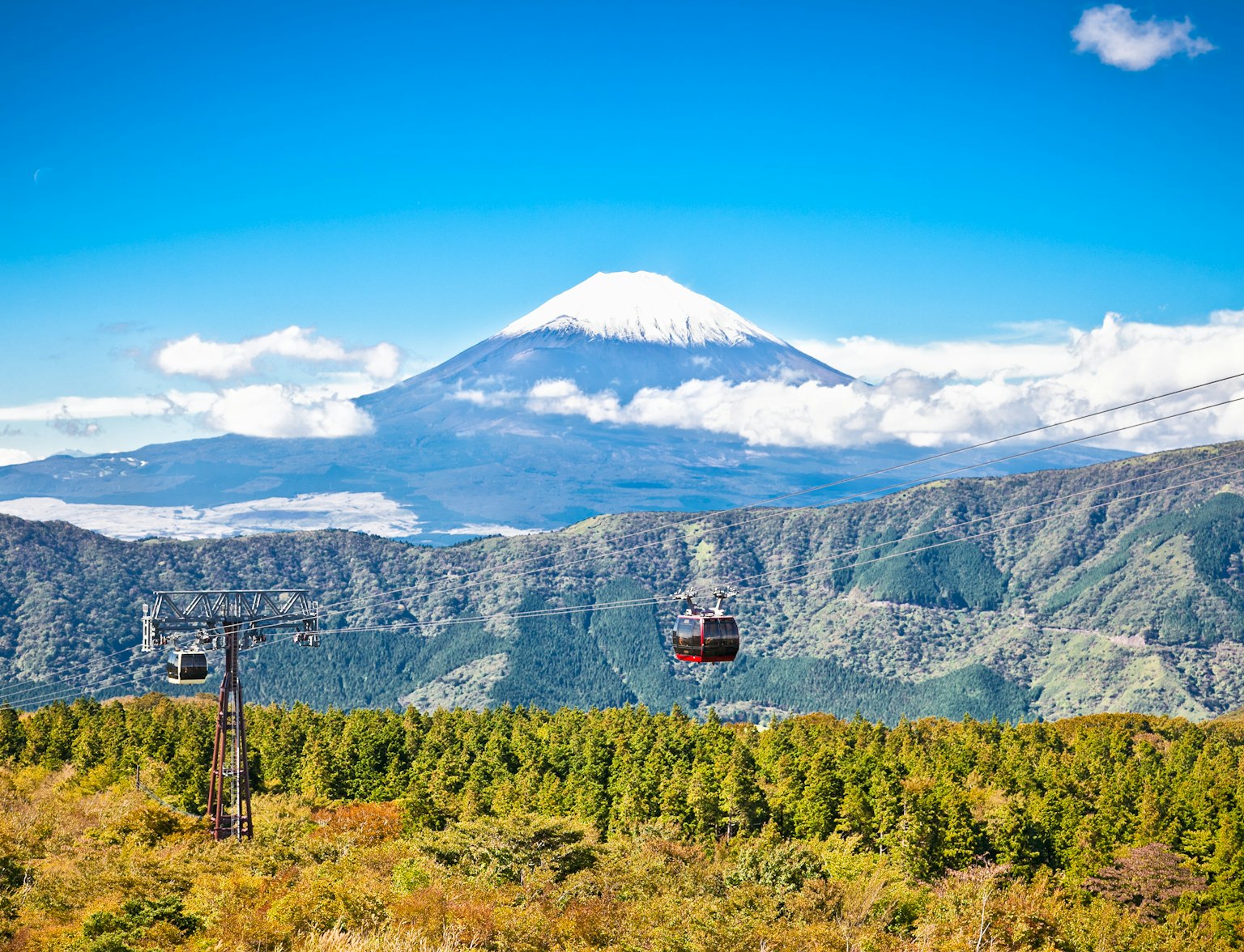
Experience Hakone Ropeway and visit Owakudani Valley.
Conclusion
Japan is a country full of diverse destinations, and the transportation options available make it easy to explore all that it has to offer. From the convenience of the Japan Rail Pass to the unique experiences of ferry travel and cable cars, there's a transportation option for every type of traveler. By understanding the benefits and features of each mode of transportation, you can create an itinerary that maximizes your time and budget while also experiencing the unique cultural offerings of Japan.
Whether you choose to travel by train, bus, bike, car, or plane, each transportation option offers its own set of benefits and experiences. By combining several modes of transportation, you can create a comprehensive itinerary that takes you from the bustling city streets of Tokyo to the serene countryside of Hokkaido. With so much to see and do in Japan, the possibilities are endless, and the transportation options available make it easy to explore it all. So, go ahead and plan your trip to Japan today, and discover the beauty and magic of this incredible country for yourself!



